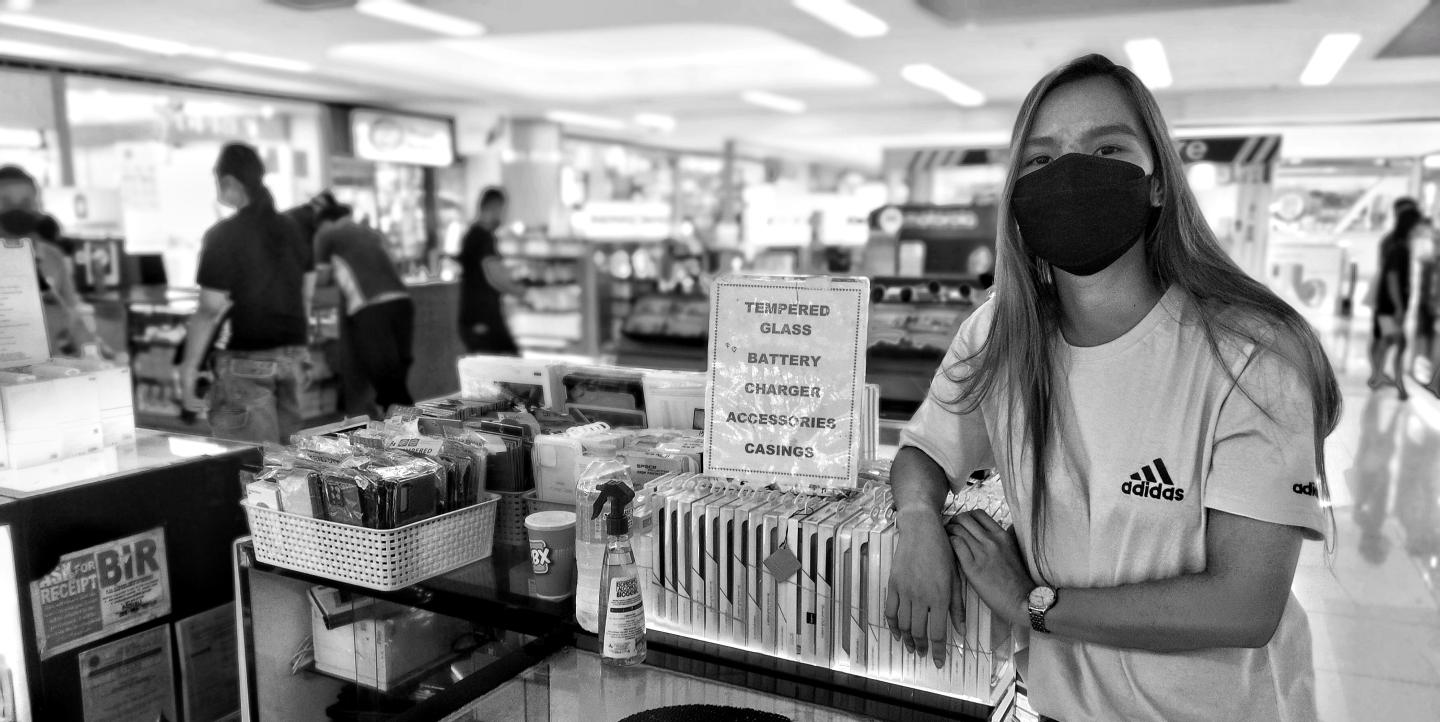While reporters talk with sources every day, it’s rare that conversation is about the practice of journalism itself. In September, the Center for Public Integrity and Tara Health Foundation hosted conversations about how to make news coverage of working-class women more community centered.
Community leaders shared feedback on the harm they’ve seen perpetuated by journalism, as well as suggestions about how to do better. Journalists shared their own frustrations about the challenges of trying to improve reporting practices, and with a level of honesty rarely seen in public conversations.
Five takeaways for improving coverage
These conversations helped surface specific strategies reporters can pull into their practice, and pushed journalists to reflect on the often invisible ways reporting helps reinforce the status quo, such as by emphasizing individual heroes and villains rather than covering systemic problems.
Strategies reporters can implement include:
- Stop the victim narrative. Instead, emphasize the agency and solutions of working-class women. Community leaders shared how often when a source is quoted in a story, they’re not described in the way they see themselves: as a worker with power and a plan for how to upend inequitable systems. By sharing the demands of workers and their analysis of issues, reporters can shift the narrative and honor the joy and dignity people find in their work.
- Invest in relationships by taking care with sources before and after the story. There is a duty of care to sources, especially those from marginalized communities. Ongoing relationship building like reporters do with politicians and CEOs should be extended to workers and community leaders as well.
- Build transparency into your reporting process—it builds trust with readers and sources. Without transparency, sources don’t understand why certain quotes are chosen or how it’s possible to talk for an hour or maybe not get a quote in a piece at all. Being clear about the limitations you face as a reporter, and how you see the purpose of the story, can help set clear expectations with sources.
- Rethink who you consider an expert and value the expertise that comes from lived experience. Who gets listed as a potential expert, who gets media training, who is a part of institutions of power, these are all influenced by underlying systems of oppression and gatekeepers. But who knows better about the needs of working-class women than those women themselves? Treat that personal experience as an expertise as valuable as a credential or title. Prepare to speak with those workers the same way as with a CEO, think tank analyst, or academic—doing homework on the relevant landscape, asking what they think the problems and solutions are. Simply: treat workers as the protagonists of their own stories.
- Connect the dots between working women’s lived experiences and the structural causes of those experiences,” as one community leader suggested. Reporting that situates the experiences of individual workers within larger systems helps readers better understand the factors facing working women and breaks out of an oversimplified hero and villain narrative.
Evolving your journalistic practice
The depth and detail of these discussions generated so many ideas to immediately put into practice in reporting. Here’s a full recording of the first panel:
Feedback Loop - Get feedback from community leaders in the field on how news portrays working-class women. Learn what news coverage authentically represents this community and what coverage is exhaustive and extractive. Watch the full discussion.
In a few months, we’re going to follow up with journalist participants to see how or whether these conversations did influence their practice. If you’ve implemented any of these takeaways, we’d love to hear about it.
This article was originally published on OpenNews and republished here with permission.

